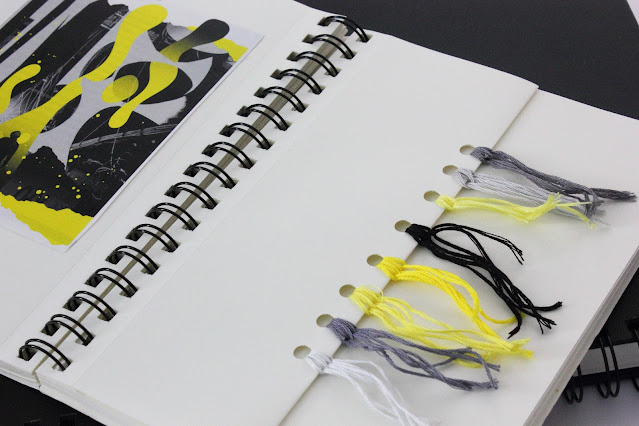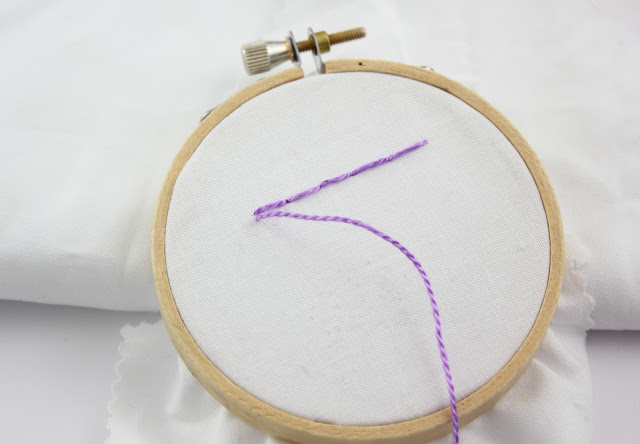Time for another 100 Stitches post! This time it is the Cloud Filling Stitch.
I learned this stitch from the excellent embroidery book Embroidery Stitches from Mary Webb.For my example, I used two different colors of perle cotton thread. These are DMC numbers 890 {dark forest green} and 469 {avocado}
This stitch is really simple, but takes a bit of measuring to setup!
Cloud Filling Stitch is composed of evenly spaced Straight Stitches which are then woven by a contrasting colored thread. I found that the easiest way to keep everything evenly spaced is to make a grid.
The first step is to come up through the fabric on the top left corner of the shape:
Then go back into the fabric making a small Straight Stitch:Then make the Straight Stitches all along the top edge of the shape:
Then start on the second row, working back from right to left. This row has the Straight Stitches halfway between each vertical line:
Once all the Straight Stitches are done, it is time to start weaving. The first step is to come up through the fabric at the edge of the first Straight Stitch.Pull the thread all the way through and then slide the needle under the first Straight Stitch, without going into the fabric. Pull all the way under and then Start weaving by sliding the needle under the Straight Stitch below:
and then through the next Straight Stitch on the first row:Just keep weaving for the whole row:Then go back into the fabric at the last Straight Stitch on the first row.
To start the third row, come up through the fabric at the edge of the first Straight Stitch at the third row:
Continue weaving as before:Row after row until complete!Here is a look at the underside of this stitch:
So beautiful:






















































































